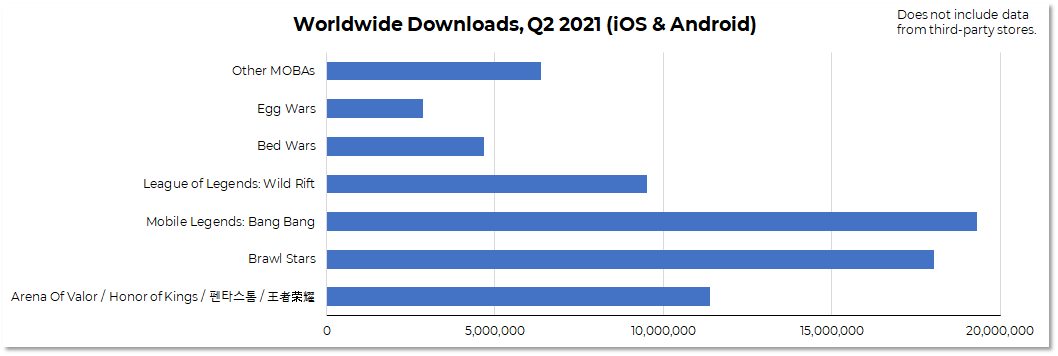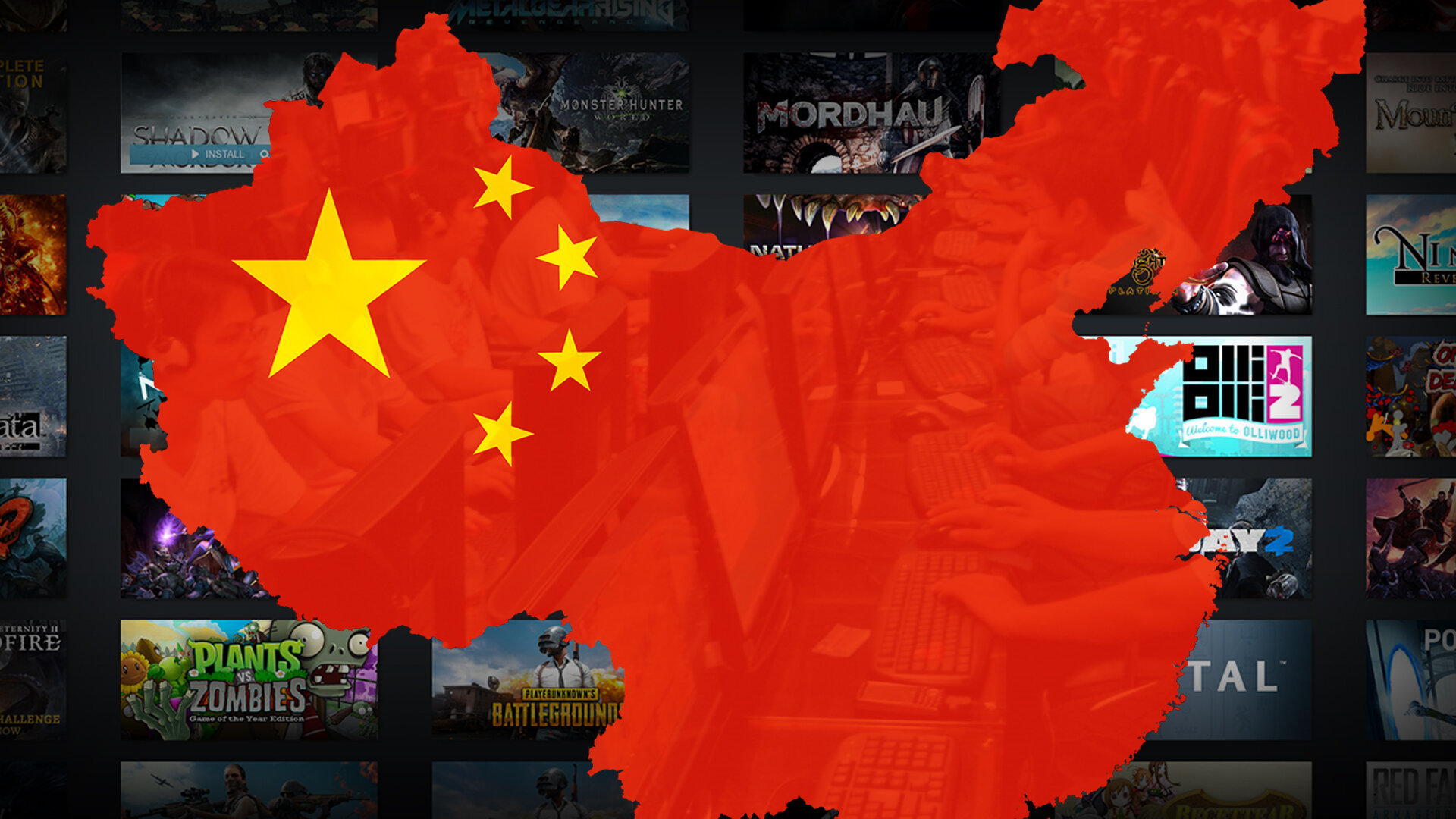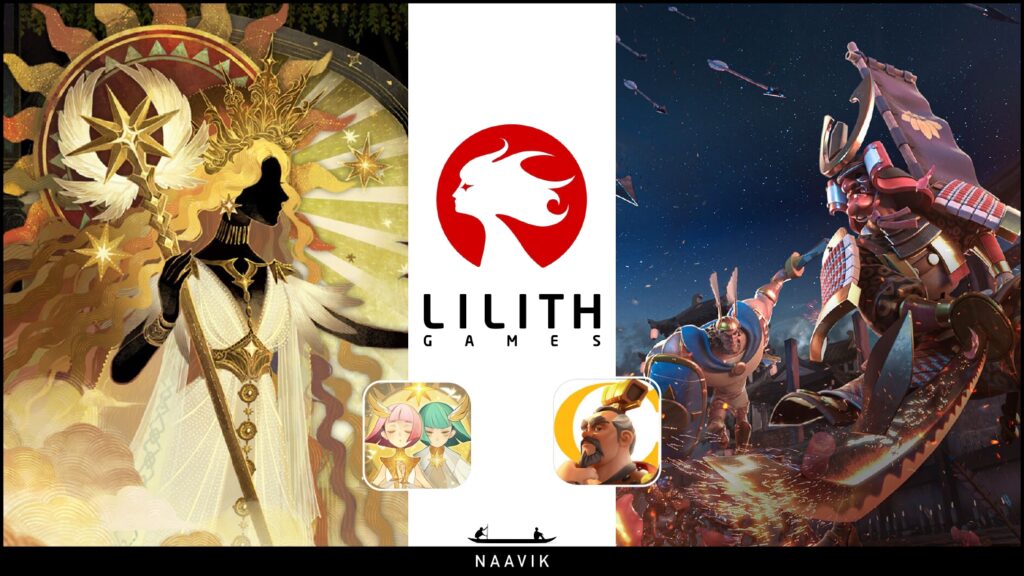Hi Everyone. As you’ll see below, we’re publishing our second interview in two weeks, and we’re excited to keep the momentum up! If you have any interview requests (or possibly even want to talk about what you’re working on), please shoot us a message at [email protected]. We also aim to showcase a more diverse cast of interviewees, and we’d appreciate if you directed us to any underrepresented rockstars who deserve the spotlight.
Naavik Exclusive: In Conversation with Mike Allender & Georgina Felce, Co-Founders at Talewind
Source: Talewind & James Bridle Photography
Talewind is a new, UK studio building a social sandbox RPG that’s exclusive to the Roblox platform . Founded by Mike Allender and Georgina Felce at the beginning of the year, the studio completed the Roblox Accelerator program and closed an Angel investment round of $800k to support their ambitions to build high quality, professional games for metaverse platforms. In this conversation with Naavik Content Lead Fawzi Itani, Mike & Georgina discuss why they’re building on Roblox, the importance of social-first games, and how to build a strong company culture and community — enjoy!
#1: Genre Spotlight: Mobile MOBA Market Penetration
Source: Gadget Match
In his latest review of Riot Games’ mobile performance, Abhimanyu Kumar reviewed how several MOBA games looked at the 10th month of their lifetime. Another question to consider: How does the MOBA genre look on mobile today? Many of the top-performing games show a great geographical disparity in performance, particularly between Asia and the West. I’ll be focusing this discussion on market segmentation because some interesting questions arise on the potential for market penetration across geographies (a separate consideration would be downloads and revenue trends on a QoQ basis).
In global terms, mobile MOBA looks like this:
Source: Sensor Tower
Source: Sensor Tower
Based on this, I segment the MOBA market into three different groups:
The Leader: Unsurprisingly, Arena of Valor / Honor of Kings represents a whopping ~73% of the revenue in the category. This is such a dominant situation that it’s unlikely it will be challenged, even if some of its competitors are currently growing at a faster pace.
Although this could seem like a winner takes all position, it’s important to notice that more than 95% of AoV/HoK revenue comes exclusively from China. In the rest of the world, and especially in the US and the rest of Asia, AoV/HoK actually underperforms compared to other games. There is still a significant market spot for its competitors to fight for, but also an opportunity for them to increase presence in new geographies.
Source: Sensor Tower
The global followers: In this group, there are three main titles: Brawl Stars, Mobile Legends, and Wild Rift. The three of them are relatively well-diversified in terms of downloads and revenue. They all also capitalize on markets outside of China. It’s important to mention that the real fight is between Mobile Legends and Wild Rift. Because in terms of gameplay and target audience, Brawl Stars is a very different kind of MOBA, with more similarities with top-down shooters oriented to young audiences, like Zooba. I don’t consider it a direct competitor with the rest. Mobile Legends and Wild Rift, on the other hand, offer a similar gameplay experience, heavily inspired by League of Legends, and are targeted to the same type of players.
While Mobile Legends currently holds a significant advantage in the US and the rest of the world, we shouldn’t discard seeing its position challenged in the upcoming years. Especially if Riot plays its cards right in terms of global market penetration and builds a loyal mobile fanbase. At the moment, the release of Wild Rift seems to have taken away market share from Mobile Legends, which may in the future negatively impact revenue (so far it remains stable).
On an aside: increasing adoption and monetization of MOBAs in the West is still an important consideration. This has been a constant struggle for this genre and is the core reason behind VainGlory’s demise. But Brawl Stars did it, and the reasoning for that goes far beyond “the Supercell effect”. Perhaps more interesting: How did Asia-based Mobile Legends enter and capture share in this market? This game’s entry and subsequent scale is an anomaly in the purportedly difficult-to-enter market and requires further investigation.
Source: Sensor Tower
The Local Players: Here we find a long list of games that provide a similar experience to the category leaders but fall short in terms of market penetration and revenue. In many cases, their user base is located in specific countries. In MOBA, the games below the Top 5 of the category represent a very small share of the downloads (~19%) and revenue (only ~1%). This presents a very different structure to the Puzzle taxonomy, for example, where games that are not in the Top 5 represent ~90% of the downloads and ~61% of the revenue.
A case worth highlighting is COMPASS / #コンパス【戦闘摂理解析システム】, which is the Top 5 highest-grossing game in the MOBA category despite being exclusively available in Japan, where it holds a dominant userbase.
Source: Sensor Tower
In conclusion, mobile MOBAs are an extremely hard-to-enter market for new games, due to the few and well-positioned competitors, the high standard of game quality and production value, the infrastructure required (low latency gameplay), and the requirements of high DAUs to provide a quality matchmaking. In my opinion, it’s unlikely that a new contender has the chance to disrupt the market without an IP able to massively attract the audience (Pokémon Unite, maybe?). It’s a battle among titans, and the incumbents seem best set to expand their reach to new audiences and geographies.
It’s also a taxonomy where the key differences that explain success are not necessarily related to game design (the bar here is already so high), but rather to market penetration. While there are some design differences between the category leaders (AoV/HoK has a lot of third-party IP collectibles, both AoV and Mobile Legends offer a faster and more dynamic experience than Wild Rift…), what will decide their performance in the future is their ability to reach (and hook) a wider audience in key territories, particularly in hyper-local markets in Asia. Brawl Stars, for example, pioneered a new format for their Western audience and in doing so, captured decent market share.
My personal opinion is that Wild Rift has a strong opportunity as it’s one of the few IPs that are very popular in both the West and the East. There’s potential for it to reach unexpected heights. (Written by Javier Barnes, Senior PM at Tilting Point)
Sponsored by Dive
Data driven games: Maximizing insight and LTV
Data is complicated. Every game has its own specific characteristics and analytics needs.
Dive makes it simple. Built from the ground up for games, by game industry veterans, it is the only company that provides custom game analytics and LiveOps, translating complicated data into actionable insights that help studios optimize their game economy and maximize their LTV.
Our key differentiating proposition?
A dedicated data expert team with a unique hands-on approach that allows us to support you in every step of the process and make sure our platform is fully tailored to suit all your needs, unlocking advanced analytics like game economy, A/B testing and centralizing all marketing channels, attribution providers and ads revenue in a single place to get insight into ROAS, ROI and LTV.
#2: Chinese Gaming’s Public Markets
Source: PC Gamer
Chinese gaming stocks took a huge hit earlier this week when a report by Economic Information Daily (tied to Xinhua Daily) described video gaming as “spiritual opium”. It specifically called out Tencent and its hit game “Honor of Kings” in the report. Tencent’s and Netease’s stock prices took a 10% tumble that day. Other gaming related stocks such as CMGE, Bilibili, and XD followed suit. The report was then deleted and republished later in the day without the “spiritual opium” metaphor.
What happened? Could a regulatory change be coming to Chinese gaming industry or was it just investor jitters?
First of all, I think the Chinese gaming industry will do fine in the long run and the probability of industry-wrecking regulations is slim-to-none. Regulators have been revamping the rules since 2016, causing massive shifts in company strategies and fortunes — both winners and losers — but none of the rules suggest they will abandon the industry (more on this later).
The most likely explanation for the huge drop in gaming stock prices can be attributed to investor weariness since Didi’s IPO and the sudden decimation of the entire education-for-profit industry. Regulatory fear is real. The negative report specifically talks about “digital entertainment addiction” among children and teens, which isn’t new criticism. Since 2016, China has begun implementing one of the most advanced regulations for mobile games.
-
All mobile games require an ISBN to be distributed (IAA-only hypercasuals is a grey area at the moment).
-
All players need to use Real Name ID to access these games
-
Time and payment restriction are enforced for players under 18-years-old based on Real Name ID
While I think there will likely be more regulations in the future targeting players under 18 to reduce the effects of gaming addiction among the student cohort, such regulations will likely shape the industry instead of break it. Rather, any new regulations will focus on limiting the domestic market while pushing initiatives in international markets. The target is probably to move the industry from its current domestic focus (currently 80-90% of the revenue is domestic) to a more export-focused industry (IPs and games). It’s also worth mentioning (for Tencent at least) that under 16-year-old spending only accounts for 3% of gaming revenue. In other words, not only are regulations already strong, but future regulations on minors likely won’t have a large impact on the business itself.
Here are some of the key trends for Chinese companies under the regulatory backdrop:
-
Focus on international market, specifically South East Asia, Japan and Korea for most companies given the perceived similarities of culture. Companies with larger war chests will also target US and Europe as well.
-
Increased development for console / PC games. Most companies have a PC or cross-platform game in the works after the success of Genshin Impact.
-
More attention on IP, art and storyline to differentiate product. This is a pre-requisite in order to transition into a global market.
(Written By Owen Soh, Mobile Games Consultant)
📚 Content Worth Consuming
Mapping India’s Cambrian Explosion in Gaming (Lumikai): “We’re often asked about the similarities between the growth curve of China’s and India’s gaming markets. In this blog we’ll take a look at some of the drivers behind key inflection points in both markets, and while there are broader differences between the socio-economic contexts of both, there are also some key markers that overlap…By 2017, China accounted for 1/4th of global gaming revenues generating $27.5Bn, overtaking the US. This remarkable progression is evidence of a market that hit inflection point. In 2020, India gaming hit a similar inflection point.” Link
Gaming NFTs and DeFi vs. CeFi (Modern.Finance): “Amy Wu of Lightspeed Venture Partners joins Kevin to cover various topics, including how venture capitalists can add real value to projects. They cover Arbitrum, FTX, Solana, the Metaverse (and why Facebook is showing a keen interest in it), and blockchain games like Axie Infinity.” Link
Stillfront and The Era of Mega-Publishers (Upptic): “Our Guest this week is Andrew Green, Group SVP of Operation and Growth at Stillfront Group. Stillfront is one of the preeminent mobile game publishers consisting of 20 studios across Europe, North America, and MENA. This week we discuss the trend of mega-publishers in mobile gaming. We describe the advantages gained by joining a number of developers under one roof and discuss how to operationalize a large game portfolio effectively. We weigh the pros and cons of a “city-state” vs. command economy model for large publishing organizations and describe how ultimately it’s critical for developers to feel autonomy and ownership over their projects to find outsized success.“ Link
Game Talk #1: Project Makeover (The Free2Play Podcast): “A Designer and a PM talk about Project Makeover and how it managed to win over the F2P charts in record time.” Link
Designing Premium Pass Systems in Games (UX Collective): “Every couple of years there is a new metagame format pops up and swoops the hearts and minds of game designers. From Saga Maps and 4X to Card Collections, new concepts arrive from nowhere, and then suddenly it looks like everyone is copying the pattern afraid to miss out on the next big thing. The Premium Pass mechanic is one such case. Now, in the summer of 2021, it seems that almost every successful free-to-play game has its own implementation of this structure. If you are interested in what makes this mechanic tick, read on.“ Link
🔥 Featured Jobs
-
Metafy: Senior Technical Recruiter (Remote, US)
-
Metafy: Lead Marketing Designer (Remote, US)
-
Not Doppler: Senior Data Analyst (Sydney or Remote) (Remote, Global)
-
Immutable: Economy Game Designer (Sydney)
You can view our entire job board — all of the open roles, as well as the ability to post new roles — below.
Thanks for reading, and see you next week! As always, if you have feedback let us know here.

















